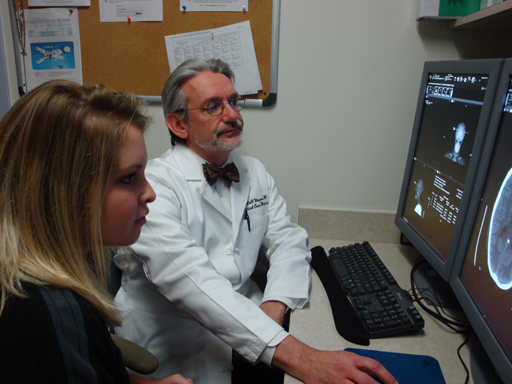
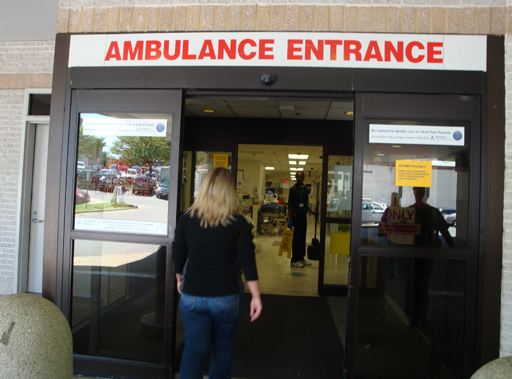
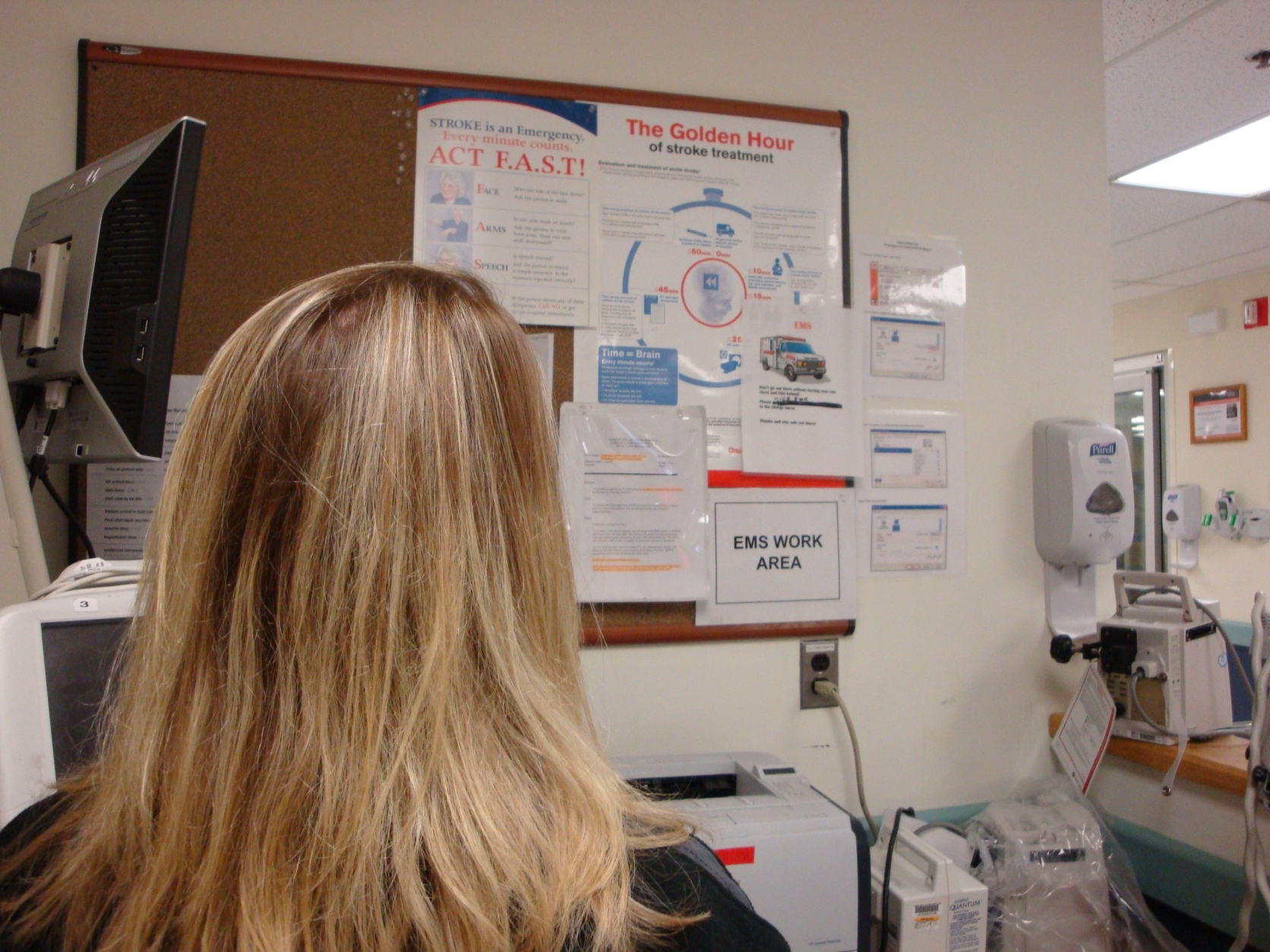
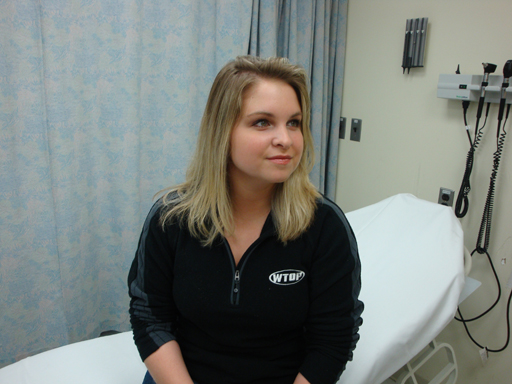
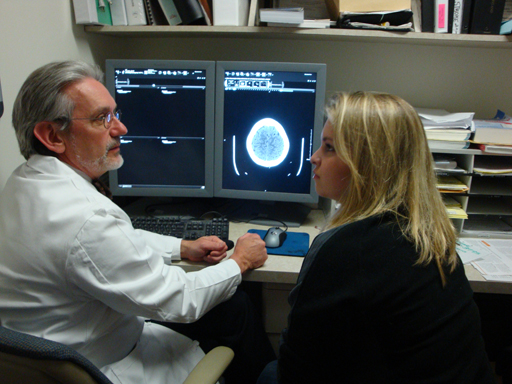
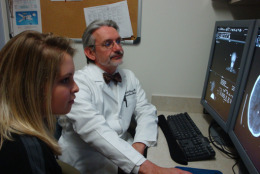
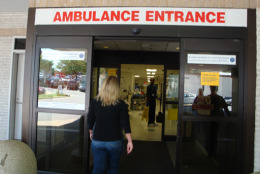
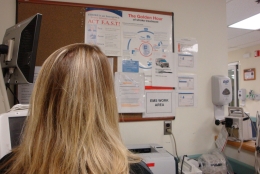
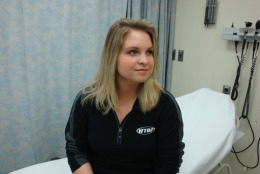
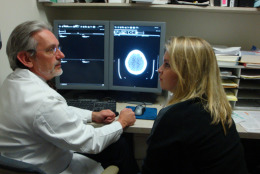
Centers for Disease Control and Prevention. The stroke rate among young adults has been historically low, but the CDC says the number of hospitalized stroke patients ages 15 to 44 is on the rise and jumped one-third between 1995 and 2008.
“We should be very concerned about the increasing incidence of stroke in young people,” says Dr. Greg Mathews, a neurologist at Washington Adventist.
Mathews says the increase may be due to the growing number of young people being treated for risk factors such as hypertension and obesity, which are usually associated with older adults.
But there also are patients like Forzato, who appear to be healthy and don’t show any symptoms of a problem. In Forzato’s case, doctors believe birth control pills she took for pelvic pain led to a tiny blood clot that traveled through a small flap in her heart to her brain.
Dr. Randall Wagner, chief medical officer at Washington Adventist Hospital and director of stroke services, says Forzato is lucky because her stroke was diagnosed in time to prevent extensive permanent damage.
“Time is brain. When people are having a stroke, the longer it takes to provide substantial care, the more brain is lost,” he says.
Stroke specialists like Wagner say everyone should know how to recognize the symptoms of a stroke. Those symptoms include sudden neurological changes such as numbness in an arm, slurred speech or blurred vision.
“Stroke implies a sudden event,” he explained. “You were struck down. That is what stroke is all about.”
Forzato, now 22, says she worries about other young women, who don’t know the signs of a stroke or believe it can’t happen to them.
“A stroke is not just for the grandparents, and it is not just for people who have poor health,” she says.
“It also can happen in young people who are healthy, who are active, who are involved and educated.”
Follow @WTOPLiving and @WTOP on Twitter.
(Copyright 2013 by WTOP. All Rights Reserved.)







